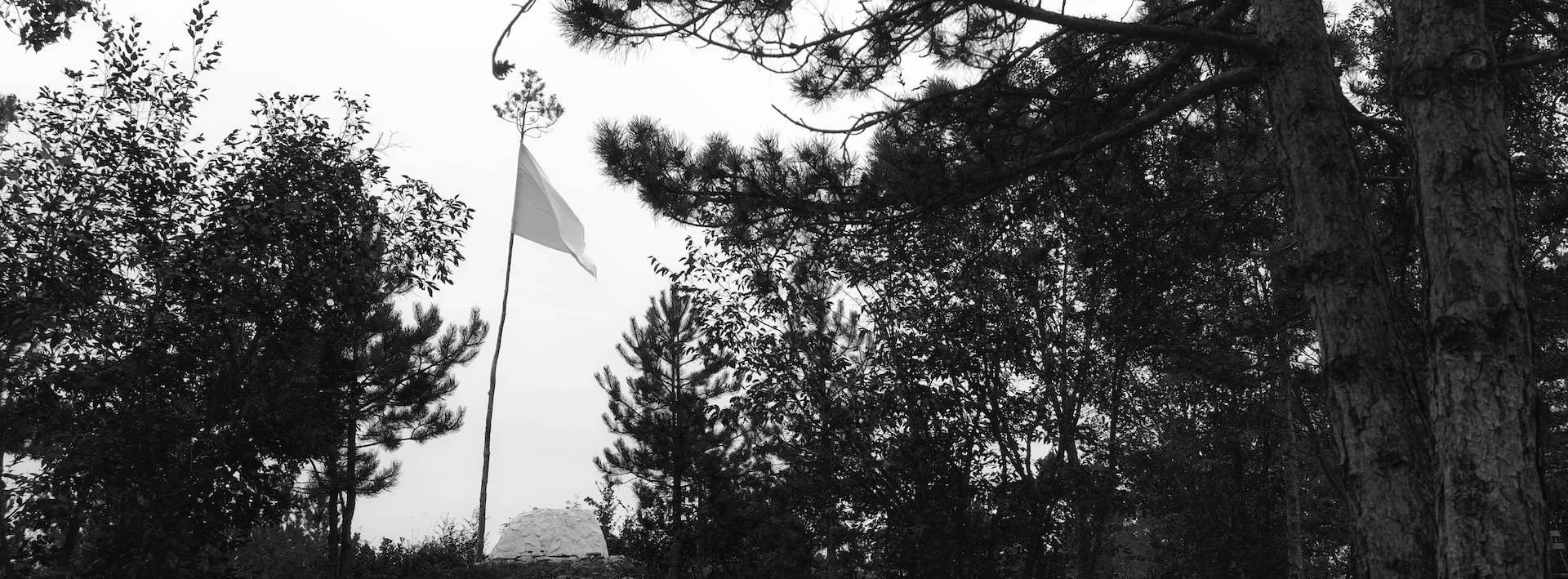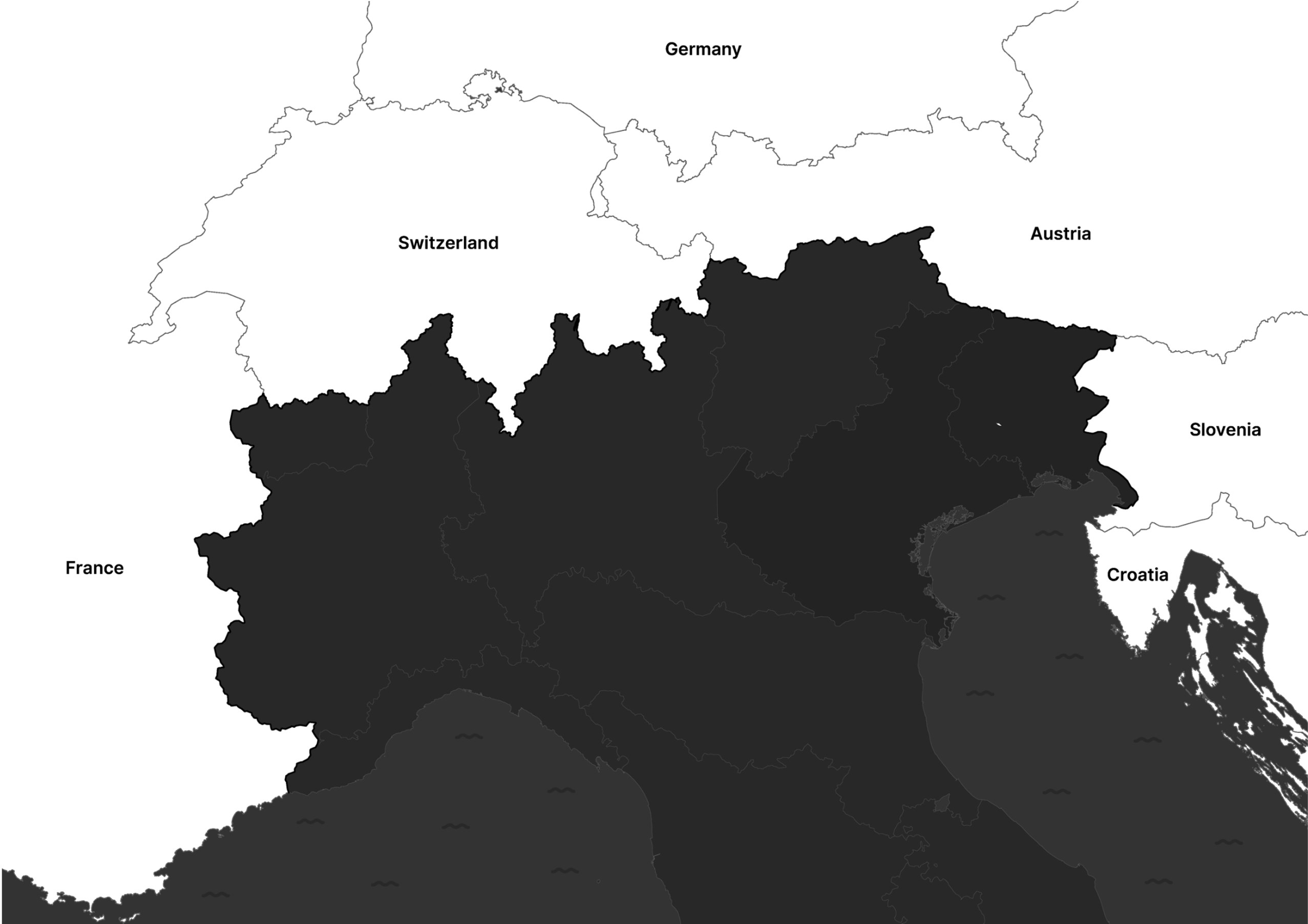
The fortifications built on the eastern border represent a unique historical heritage of international significance. The extension of the defensive system in its entirety is impressive: in the Carnia and Tarvisio areas alone there are more than four hundred structures, to which must be added the over nine hundred built in the Friulian plain. These fortifications were built in different periods: first by fascism, between the 1930s and 1940s (the so-called “Vallo Alpino del Littorio”), and then, starting from the 1950s, by the Italian Army and NATO.
There are five structures recovered for tourist and educational use and which can now be visited:
four in Friuli Venezia Giulia and one in Veneto.
VISITABLE STRUCTURES

VENETO
The Alpine Wall
In the interwar period, nearly all European states started fortifying their border areas and Fascist Italy was no exception to that. Starting from 1931, the Italian state built an imposing fortification system called “Alpine Wall” along the Alpine region: it stretched from Ventimiglia to the city of Fiume.
The fortification of present-day Friuli Venezia Giulia started in 1935 and concerned the Carnia and Tarvisio areas. The activities also continued during the war and were permanently discontinued in the autumn of 1942. In total nearly four hundred fortifications were built, in jargon known as “works” and together forming compounds known as “barriers”.
The Alpine Wall never actually came into operation and after the end of the war the structures that constituted it were completely abandoned. Subsequently, in the early 1950s, the Italian Army General Staff decided to use a part of the structures to deal with the new defence requirements brought about by the start of the Cold War.
The fortification system of the Cold War
In 1949, when Italy joined NATO, the Italian Eastern border became the border between the Western world and the Communist bloc. The Italian General Army Staff, together with NATO, therefore decided to adopt a fortification system to defend the area against a potential invasion through Yugoslavia or Austria.
The areas affected by this in the Alps were the Fella Valley, the But Valley and the Tagliamento Valley. In this area a part of the Alpine Wall fortifications were reactivated; moreover, new structures were also built in strategic areas. In the Friulian plain, on the other hand, a completely new defence system had to be built. The areas concerned were the Tagliamento river (from San Michele al Tagliamento to Bordano), the Torre Valleys, the Natisone and Judrio Valleys, the Gorizia area, as well as the Karst Plateau. In total, across Friuli Venezia Giulia, over one thousand fortifications were either reactivated or built. These fortifications were combined into compounds called “barriers” in the mountains and “works” in the plain. The mountain barriers from the Alpine Wall that were reactivated featured very large structures, which contained multiple emplacements for machine guns and others for anti-tank artillery. The barriers built anew and the works in the plain had a different structure: they featured a series of single positions, some for machine guns and others for anti-tank guns.
The barriers and works were guarded and maintained by the Italian Army for over thirty years, up until, in 1986, the first decommissioning operations began, which ended in the early 1990s.
